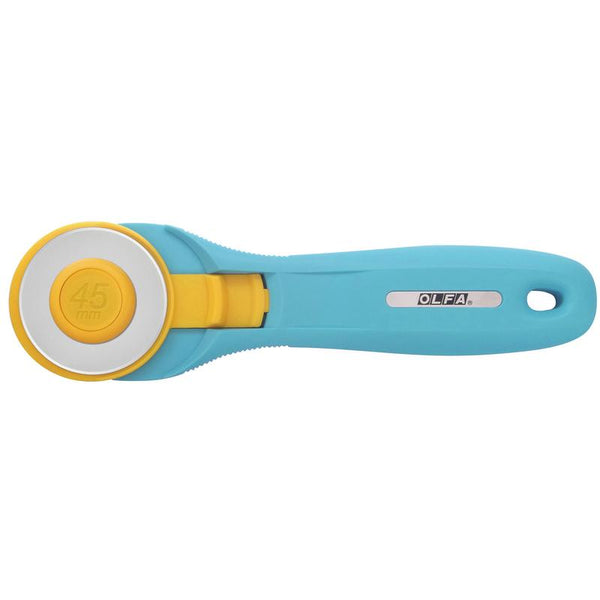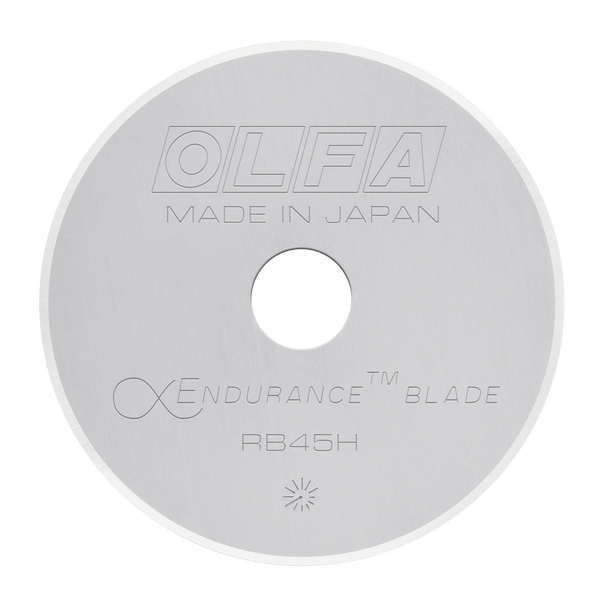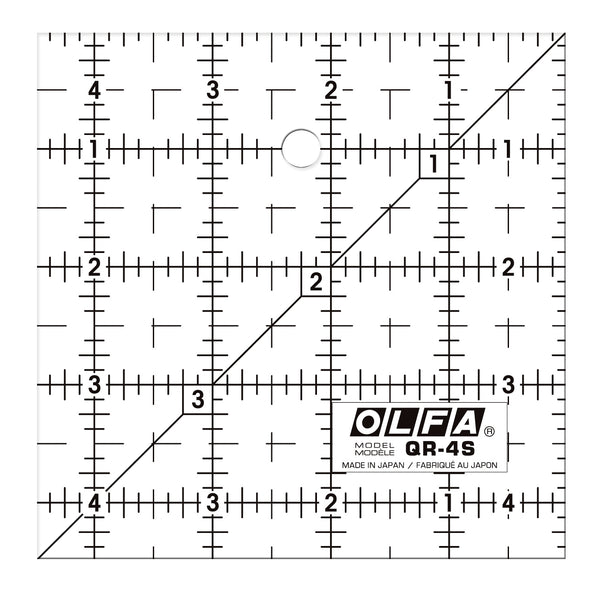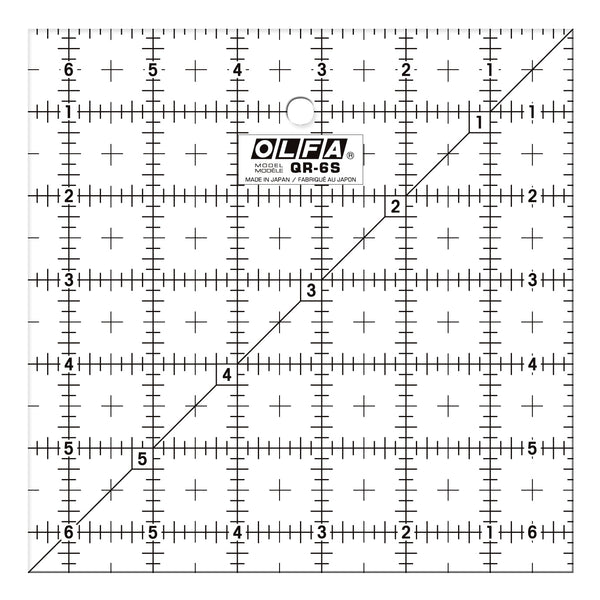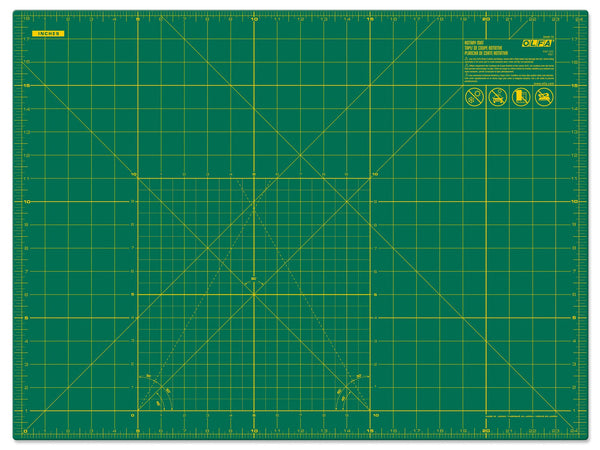
How to organize and store fabric scraps

Designer: Daisi Toegel
Instagram: @daisitoegel
Website: www.flowersew.com
Shop: www.etsy.com/shop/daisiflowersew
------------------------------
Every quilter certainly has a scrap fabric stash, and it’s not always easy to organize and decide what to do with it. In this first post of the Scrap Organization Series we will talk about how to get started sorting and organizing scrap fabric. All tips shared are strictly based on how I organize and use my own scrap stash, I am hoping to inspire you to find what works best for you and also create new ways based on the tips shared here. Scraps are gold!!!!
Let’s get started.
Tools:
- OLFA RM-SG 18”x24” Green Double-Sided, Self-healing Rotary Mat
- OLFA 45mm RTY-2/C Quick-Change Rotary Cutter, Aqua
- OLFA 45mm RB45H-1 Tungsten Steel Endurance Rotary Blade, 1pk
- OLFA QR-1x12 1" X 12" Frosted Acrylic Ruler
- OLFA QR-6x24 6" X 24" Frosted Acrylic Ruler
- OLFA QR-4S 4 1/2" Square Frosted Acrylic Ruler
- Fabrics requirements: All scrap fabrics smaller than a Fat Quarter.
1) Fabric sorting and preparing:
Many times we tend to have a large box or basket and tuck our scraps in there as we sew on a daily basis, and this is where the scrap organization starts. If this is your case, dump all those scraps on a clean and flat surface and start sorting by size or color if you prefer.
I always sort first by size, as it allows me to separate the larger ones, and sometimes there are even scrap pieces the size of a fat quarter, so for those I usually just press, lay flat each on one on my OLFA Self-healing Rotary Mat, trim any fraying using OLFA Frosted Acrylic Rulers and Rotary Cutter, then I fold and pile them up on a corner of my cabinet shelves, basically treating them as a fat quarter (and use them for projects I would use fat quarters).
Then, after sorting by size I either sort by color or by theme if the fabrics are mostly novelty for example.
I press each piece of fabric as I go when sorting them out, and trim and fold as needed depending on the size.
On an important note, if I have fabric scraps of the same fabric in different sizes, I keep them folded together.
2) Ways to store:
As mentioned previously, the larger pieces I like to store on my cabinet shelves, where they’re ready to use and I can see the prints and colors.
For pieces smaller than a fat quarter all the way to tiny pieces, zip-loc bags are excellent, it keeps the fabrics clean and flat.
Plastic clear boxes are also very good to keep scraps, the important thing is to keep on each box the determined size or color previously sorted, this way there will be no mixing, mess or other types of fabrics stored in it.
Baskets and trays are also a good way to keep fabric pieces nicely separated and organized. Sometimes trays can be stacked and labeled, which helps knowing what is inside, since if storing it like that most of the times the fabrics are not visible. Baskets are a good way to store small pieces of scraps that will be used for a crumb quilt for example.
3) General care:
Keeping all fabrics in a clean and dry place is the first commandment of a good care, but sometimes depending on how and where fabrics are stored these primary care actions are not applied.
Fabric scraps are even more susceptible to lack of care as we often toss them on a basket and push that basket under the table, to the bottom shelf of the cabinet and so on, but we shouldn’t.
Fabric scraps are GOLD! Keeping them nicely trimmed (no fraying edges), pressed and folded (if folding is necessary depending on the size of the scrap and storage container), and correctly labeled or placed in an easy way to identify which are they, we will have a nice stash of diverse fabric for the most beautiful and unique projects.
OLFA materials are essential to help you care for all fabrics, especially scrap fabric, by cutting them with a quality Rotary Cutter and Tungsten Steel Rotary Blades, perfectly trimming with all most useful ruler sizes available on a heavy-duty 5-star self-healing OLFA cutting mat.
4) Optional and helpful tips:
Labeling: to make it easier to find the fabrics you’re looking for, labeling each pack, basket, zip-loc bag, trays and plastic boxes is very helpful! You can label it according to the method of sorting chosen, by color, size, fabric themes, etc.
Project: you can sort the scrap fabrics according to which project you plan on using them. If you have a pattern in mind, check the fabric requirements and sort your fabric according to the cutting instructions, this way the only work you’ll do is adjust the sizes required and then sewing.
Now you have an organized fabric scrap stash to dive into at any time without stressing you out!
Stay tuned for the next post, we’ll discuss scrap fabric cutting into specific dimensions (small, medium and large cuts) to apply to projects and maximize the use.
Created by Daisi Toegel







